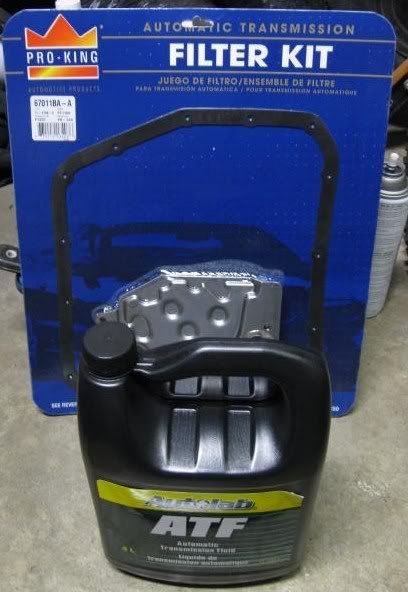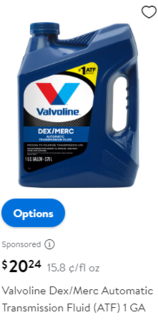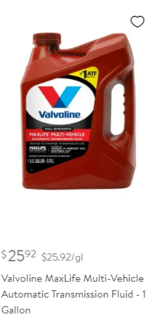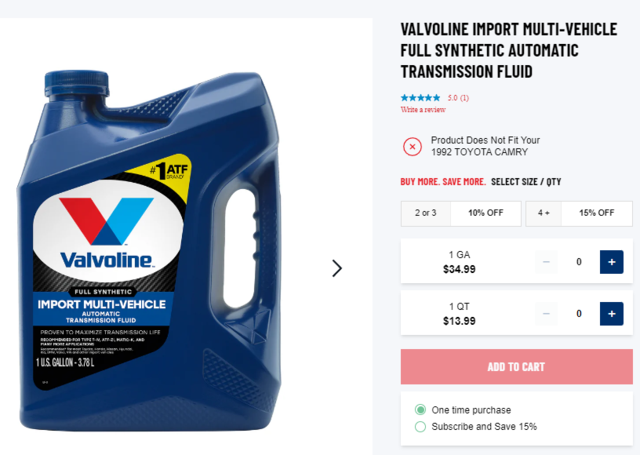My mom's '92 Camry XLE with an A140E auto trans no longer moves in reverse. Drive works fine.
I did some basic tests:
I did some basic tests:
- Reverse lights come on in R
- Car moves forward fine in D
- With front end up the left front wheel spins slowly in R but is easily stopped by hand
- Doesn't appear to shift into 2 or L, either on the ground up when raised, i.e. can't feel any shift, still in D
- Solenoid connectors connected
- Shift cables ok, move as they should
- Dipstick indicates enough oil but appears slightly burnt












